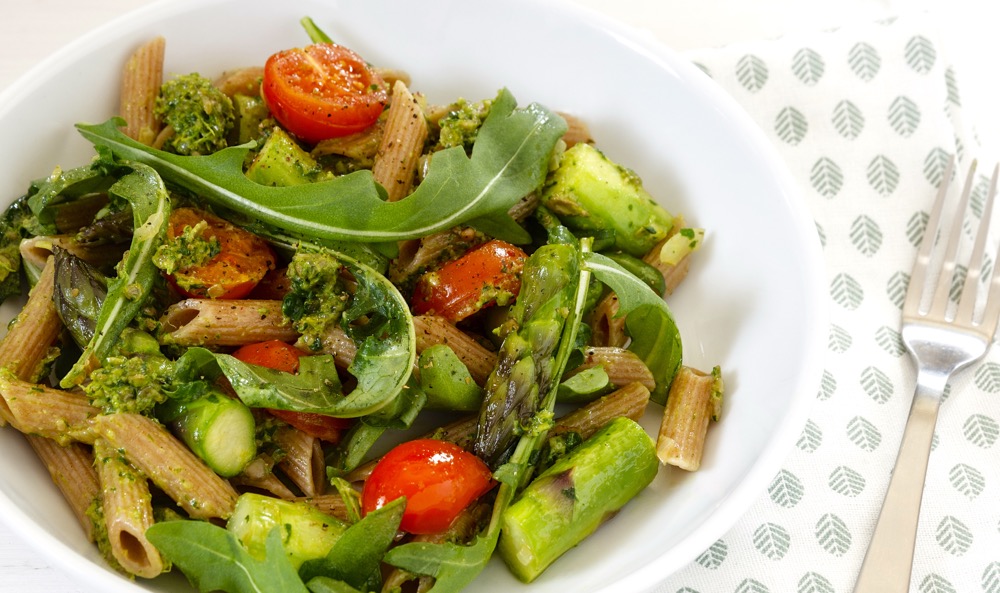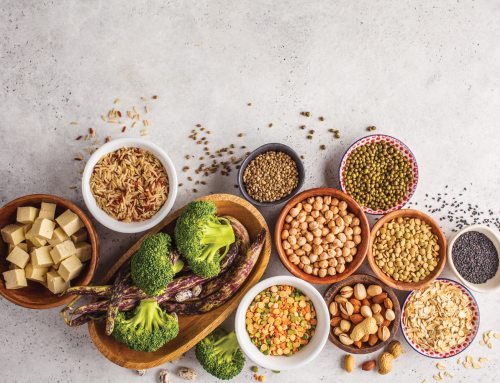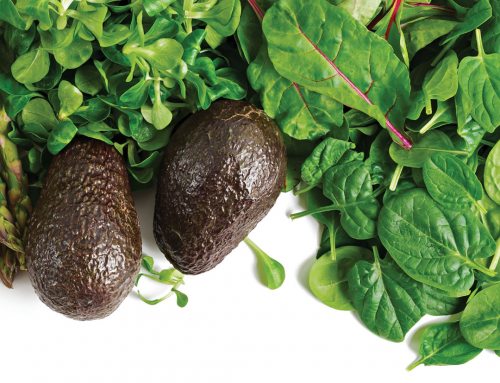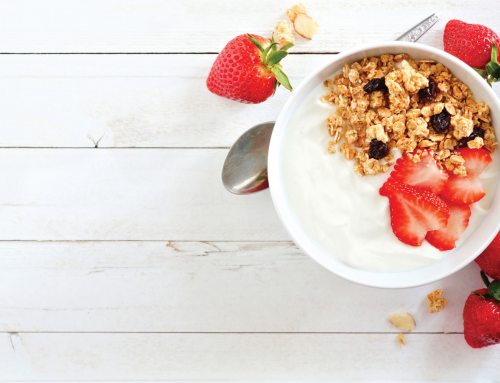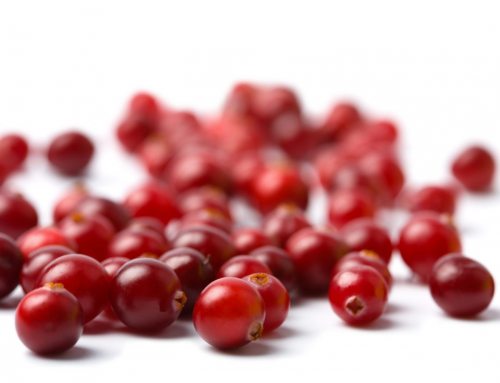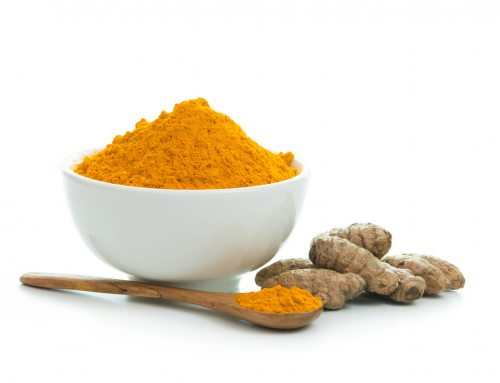By Brandon McDearis
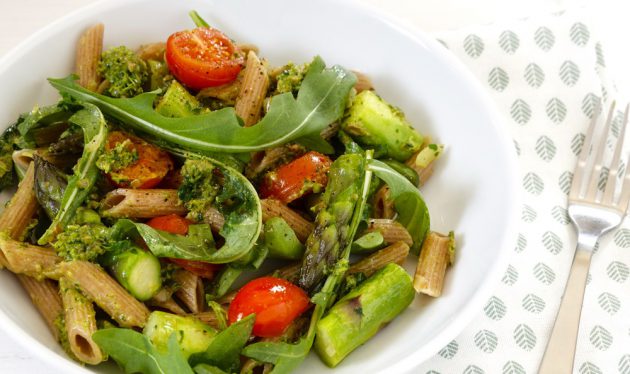 Today, in our country, very few people eat the right amount of vegetables each day. Even for the most health-conscious person, eating the recommended minimum of 3-4 cups a day can be a great challenge. That challenge can become even more perplexing for those in the category of vegetable hater.
Today, in our country, very few people eat the right amount of vegetables each day. Even for the most health-conscious person, eating the recommended minimum of 3-4 cups a day can be a great challenge. That challenge can become even more perplexing for those in the category of vegetable hater.
In my opinion, the best way to cook vegetables is by roasting them. It has often been my secret (and only) weapon in swaying those that are passionately dedicated to vegetable abstinence. When vegetables are roasted, they become crisp and caramelized with their sweetness concentrated. People who have often been repulsed by certain vegetables their whole life can find themselves not only tolerating them, but also truly enjoying them for the first time.
This month’s recipe covers all the bases. It’s light, filling, easy to prepare, nutritious, and delicious. The recipe can go a long way, feeding numerous people at multiple meal times. To move this dish down a couple of notches on the glycemic index, simply cut back on the pasta. I find that a little goes a long way. The big pieces of pasta can be a nice filler to a large serving of roasted vegetables, rather than being the calorie-dense focus of the dish.
Ingredients:
- 1 red onion, diced large
- 1 small eggplant, diced large
- 1 large zucchini, diced large
- 1 yellow squash, diced large
- 1 red pepper, diced large
- 1 cup cherry tomatoes
- 4 cloves garlic, minced
- 3 tablespoons olive oil
- 2 tablespoons balsamic vinegar
- 1 tablespoon salt
- 1 teaspoon black pepper
- 1 pound whole wheat Rigatoni
- 1 cup pesto
- 2 cups spinach or arugula
Pesto
Ingredients:
- 2 cups of fresh basil leaves, packed
- 1/2 cup freshly grated Parmesan-Reggiano or Romano cheese
- 1/2 cup extra virgin olive oil
- 1/3 cup pine nuts
- 3 medium sized garlic cloves, minced
- Salt and freshly ground black pepper to taste
Pesto Preparation:
- Combine the basil in with the pine nuts and pulse a few times in a food processor.
- Add the garlic and pulse a few more times.
- Slowly add the olive oil in a constant stream while the food processor is on. Stop to scrape down the sides of the food processor with a rubber spatula. Add the grated cheese and pulse again until blended. Add a pinch of salt and freshly ground black pepper to taste.
Makes 1 cup
Note: Spinach and arugula both work well either in addition to, or in place of, the basil. It is also a great way to slip some extra nutrients into your pesto. Just make sure to adjust the rest of the ingredients depending on how much you add.
Vegetable Preparation:
- If preparing pesto from scratch using the above recipe, do so ahead of time to cut down on total prep time. It can be done up to 3 days in advance.
- Preheat oven to 425-degrees
- Take the first 11 ingredients (down to the black pepper) and toss thoroughly in a bowl. Spray a large sheet pan or other baking sheet with non-stick spray. Spread vegetables out evenly on the pan, use two pans if necessary.
- Put into the 425-degree oven and roast for about 10-15 minutes.
- Stir, rotate pan and continue cooking for another 10-15 minutes until golden brown (Note: Cooking times vary depending on the oven and the size of the vegetables. It is important to watch closely).
- Meanwhile, boil pasta according to package directions. Strain, and return to the pot (off the heat) with a little bit of olive oil to prevent sticking.
- Stir in pesto, spinach/arugula, and roasted vegetables. Season with salt and pepper if needed and garnish with Parmesan cheese and herbs such as chopped parsley or basil.
The recipe serves 12.
Nutrition Facts:
Calories: 253 / Fat: 9g / Saturated Fat: 2g / Carbohydrates: 36g / Fiber: 6g / Protein: 7g
# # #
Brandon McDearis is the owner of Your Way Cuisine, www.yourwaycuisine.com, a personal chef and nutrition consulting business. He is also a professional wanderer that spends much of his year trotting the globe and working in places such as Alaska, Australia, and Antarctica.


